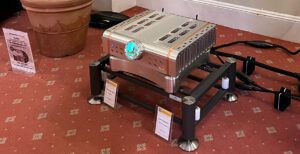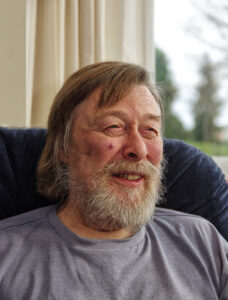Meet Your Maker special: What changes were made to the dCS Vivaldi 2.0?
- BLOG
- Chris Thomas
- Jan 24, 2017

How Does It Work?
After oversampling and digital filtering, the audio is re-encoded as five bits of noise-shaped data and passed to the Ring DAC™ Board. Here the five-bit binary data is mapped onto the array of 48 latches and precision resistors which are at the heart of the Ring DAC™ topology. The mapping algorithm is carefully designed to avoid any mismatches between the latches or resistors appearing as errors correlated with the signal, ensuring excellent linearity, even at low signal level. The latch outputs drive balanced currents through their associated precision resistors which are combined by a balanced mix amplifier / filter stage. The filter removes any unwanted images and switching artefacts, leaving balanced, high-quality analogue signals.
What’s New?
The original dCS mapper has been improved so that it can now run at two different speeds; 3MHz and 6MHz.
As the name suggests, the mapper is the thing that ‘maps’ five-bit codes onto physical latches, which is absolutely crucial to DAC performance. For dCS, this is revolutionary as although the Ring DAC design has been improved in various ways over the years the mapping algorithm has remained constant. This project to improve the mapper began with the launch of Vivaldi and the addition of FPGAs on the Ring DAC board itself. This allowed our engineers to work on the mathematics behind the mapping process and then enable changes to the mapper algorithm with a simple software update.
The new mappers distribute the latches differently – one of the things that is different between the new mappers and the old one is that we have changed the distortion harmonics distribution between them. So, for example, one of the new mappers has reduced thirds and slightly increased seconds. The act of changing the speed at which the DAC runs introduces a slightly different set of compromises, mostly to do with noise distribution.
Tags: FEATURED
By Chris Thomas
More articles from this authorRead Next From Blog
See all
Audio Show Deluxe 2024: A photo show report
- Mar 28, 2024

Paul Messenger 1949-2024: A personal tribute
- Mar 26, 2024

Bristol Hi-Fi Show 2024: See You There!
- Feb 21, 2024

Triangle Borea Connect
- Feb 19, 2024










